| |
|
|
| |
|
|
| |
How Do I Open My Garage Door
When the Electricity Goes Out? |
|
| |
|
|
| |
Maybe this will never happen to you, but if it does,
will you know how to handle it? |
|
| |
|
|
| |
We take our garage door openers for granted.
When we pull our cars into the garage, we push a button and the door
goes up. When we need to go somewhere, we punch in our code and
the door opens. |
|
| |
|
|
| |
But what happens when there is no electricity?
Nothing! |
|
| |
|
|
| |
So, be prepared for that unlikely circumstance when
you need to leave for an appointment, or you come home from shopping,
and you can't open your garage. |
|
| |
|
|
| |
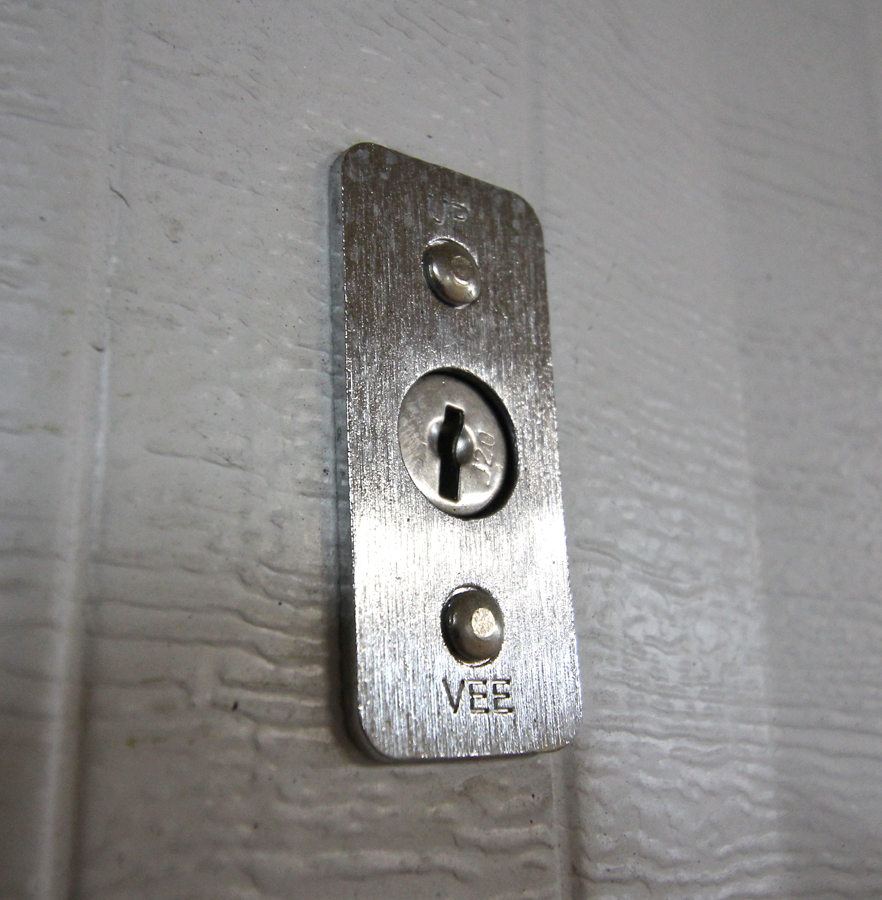
Right at the top of your garage door, in the middle, you should find a
keyed lock. In your collection of house keys, gate keys, and
others, you should have a smaller key that fits that lock in the garage
door. |
|
| |
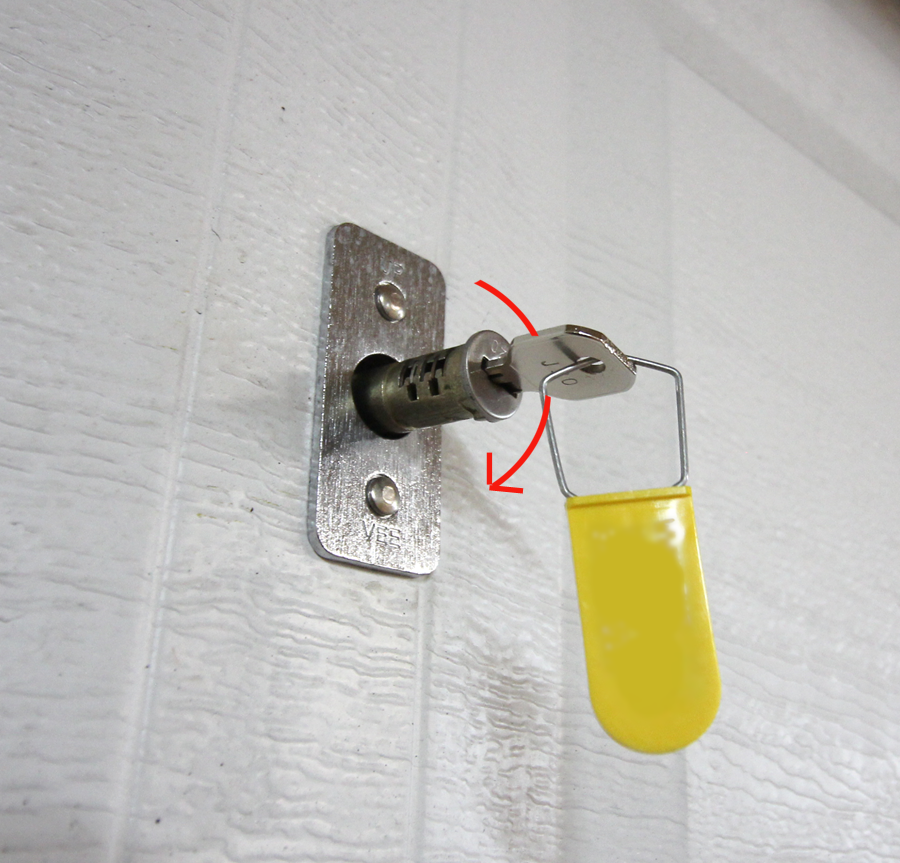
The key turns about a quarter turn clockwise - at least that's how it
works on my garage door - and then the lock mechanism pulls out of the
lock.
If you continue to pull the lock mechanism, you'll find that it is
followed by a foot or two of steel cable. |
|
|
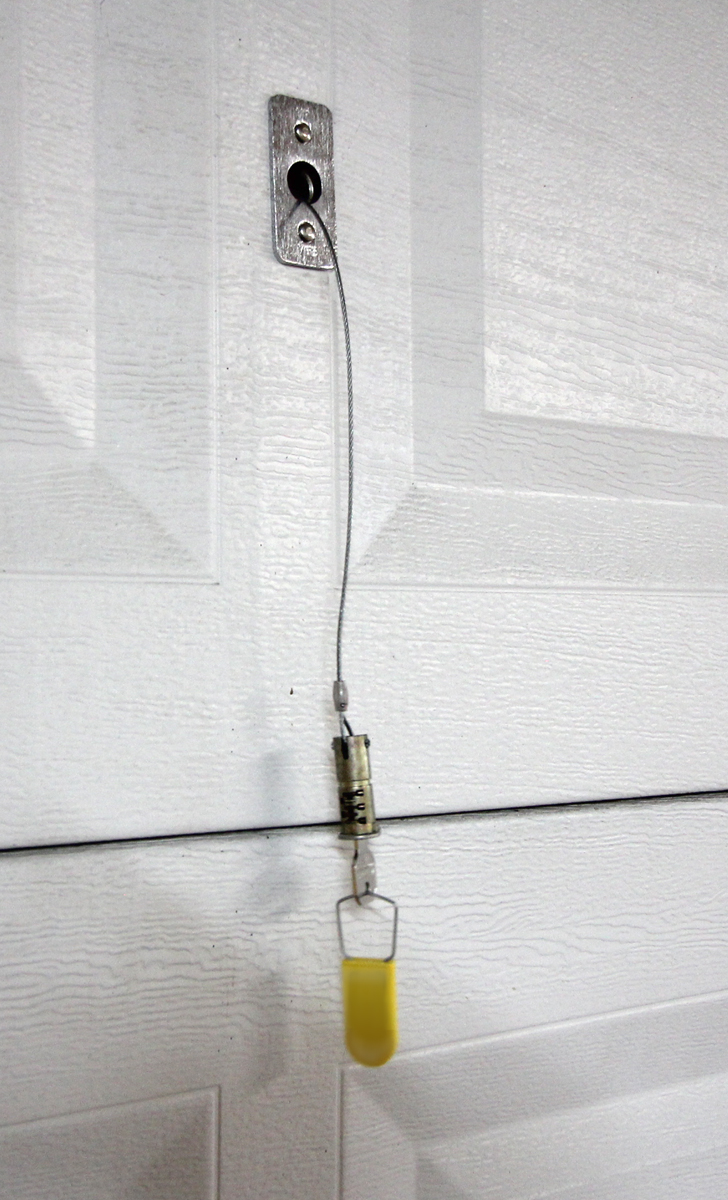 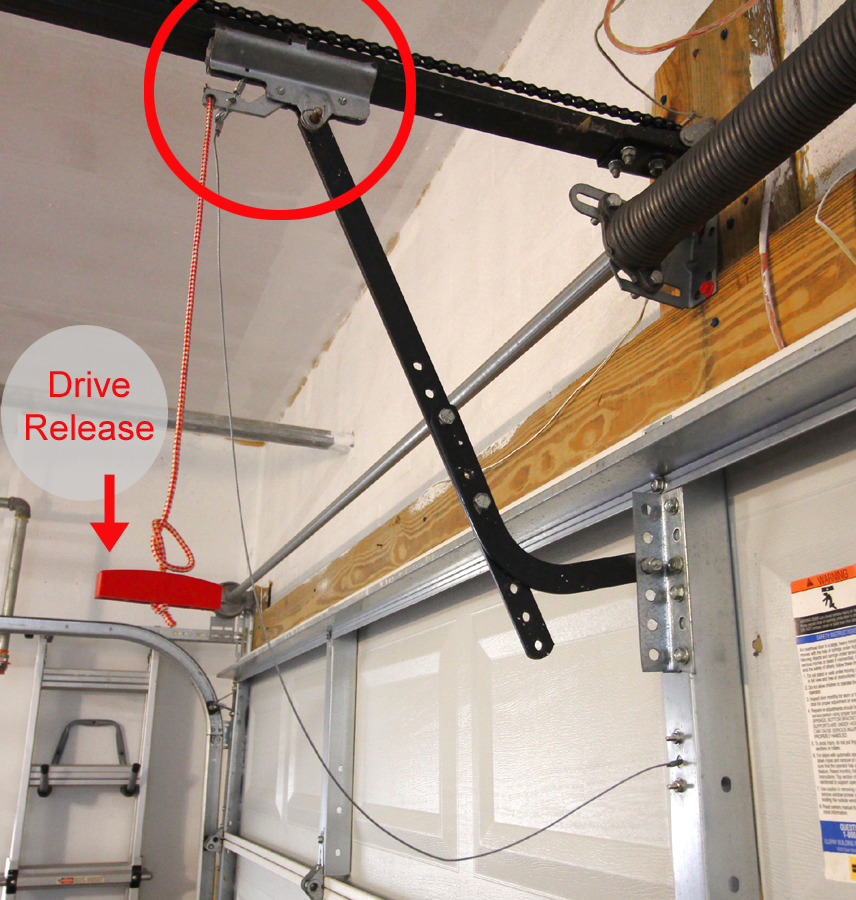
click
photos
for
larger
version |
|
| |
|
|
| |
It may take a stiff tug to activate the emergency
release, but that steel cable pulls on the same release mechanism that
is activated by the red-handled rope that hangs from the center rail of
your garage door opener.
|
|
| |
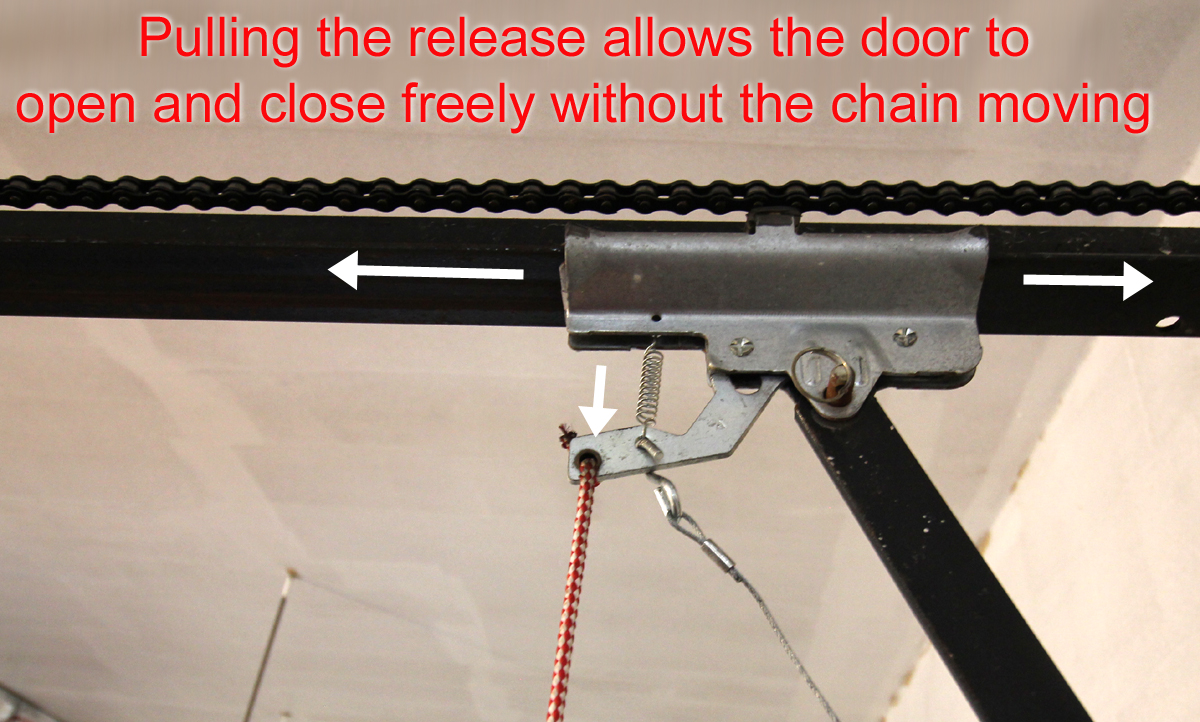 |
|
| |
When you open this release, the garage door will open and close freely
without the opener motor and chain moving. It's a good idea to try
this from time to time to assure that it is working properly, and even
to assure that you can find the key. |
|
| |
|
|
| |
If you find that the garage door seems extremely
heavy, maybe even dangerously so, then it is time to call a specialized
garage door company to come repair or adjust the counterweight spring.
|
|
| |
|
|
| |
|
|
| |
|
|
| |
|
|

